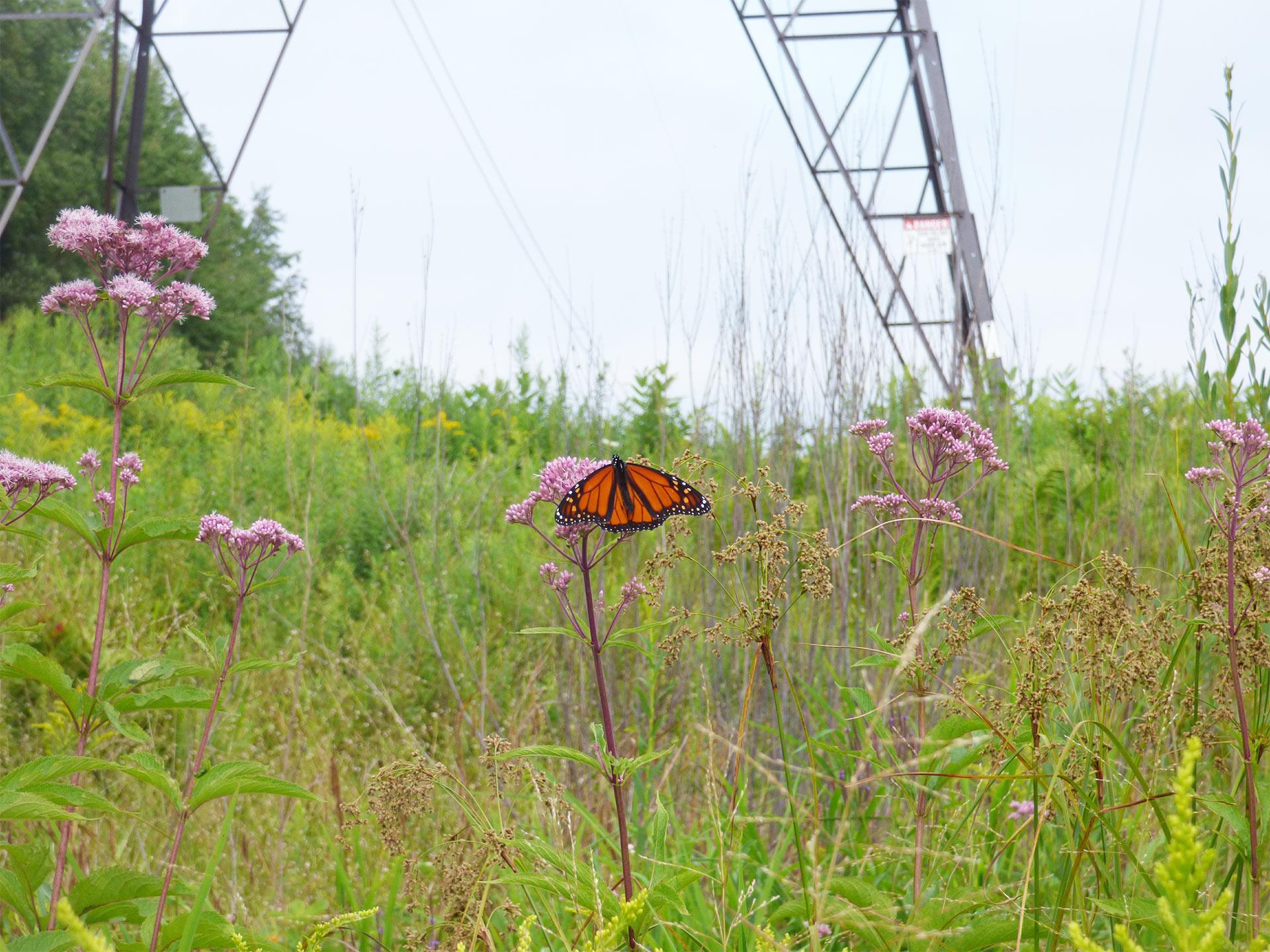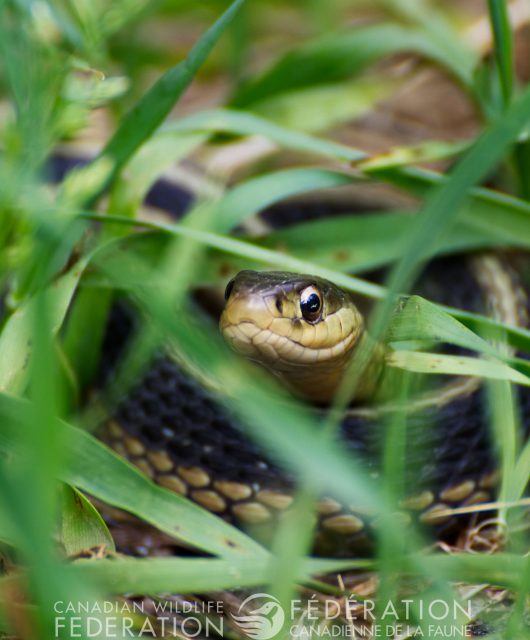Nothing signals the arrival of winter quite like a V-shaped flock of Canada Geese overhead.
From August through to the middle of November, hundreds of Canada’s migratory birds fly south for the winter. Unfortunately, this can be a perilous journey, especially because of the increased risk of collisions with windows.
Millions of birds die every year from collisions. Even if a collision isn’t fatal, a wounded bird can become easy prey for predators. Birds can collide with many obstacles as they fly south, including tall buildings, wind turbines and electrical structures. But it turns out more than 40 per cent of collisions occur at residences – in other words, your home.
The good news? This means we can all play a role in helping to reduce bird collisions. With a few simple steps, you can make your residence a safer space for birds and help them on their journey south.
Why Do Birds Collide with Windows?
 First, it’s important to understand that birds perceive windows differently than we do. Instead of seeing through the glass, birds see the reflection of the surrounding nature and think it’s a navigable space.
First, it’s important to understand that birds perceive windows differently than we do. Instead of seeing through the glass, birds see the reflection of the surrounding nature and think it’s a navigable space.
For years, people tried to prevent collisions by adding plastic owls, hawk silhouettes or a handful of decals to their windows. Although done with the best of intentions, these methods aren’t the most effective. Visual markers do help, but many people use too few markers spaced too far apart. Birds won’t change course if they think they can navigate through the spaces between the markers, which is often the case.
How Can I Reduce Collisions at My Home?

Safe Wings Ottawa is a program that works to reduce bird mortality from window collisions through research, prevention and rescue. They recommend making your windows visible to birds by applying a dense pattern on the exterior of the glass, ideally with a maximum gap of five centimetres between each marker.
At CWF headquarters in Ottawa, we speckled our windows with Feather Friendly® window markers. These white dots are small enough to be overlooked by the human eye but visible enough to keep birds away. When properly spaced five centimetres apart, even a chickadee is alerted that the space is too small to navigate through! So far, the dots have successfully reduced bird collisions, and the system has been similarly successful for the Toronto Botanical Gardens.
Safe Wings Ottawa has a list of other effective collision deterrent products available across Canada, including screens, window films, special tape and even oil-based paint markers. These markers can be used to draw patterns on the exterior of your windows, which could be a fun, family-friendly activity! You could also see what’s available and most recommended at your local bird store.
Whatever method you use, making your windows visible to birds can help conserve our winged friends, especially as they migrate to warmer climates this fall. If only we could join them!






5 comments
I’m surprise the article on window collisions makes mention of the tireless work done by Flap Canada. New buildings in Toronto have to have bird friendly material on the windows, education is ongoing, volunteers patrol buildings recognized as deadly for collisions, rescue injured birds & display the hundreds of dead birds annually to draw attention to the problem.
Keep up the good work
Hi,
I would like to know if you contact and encourage the owners of buildings that have so many windows that cause bird collisions to use these techniques. It seems like they would be the most significant cause of bird deaths. I also believe that home owners can help prevent collisions as well.
Is there any incentive for builders/owners to include prevention of birds collisions for existing and new builds?
Thank,
A bird and nature lover
Hi,
I would like to know if you contact, encourage and provide the available options for existing building owners of buildings that have so many windows that cause bird collisions to use these techniques. It seems like they would be the most significant cause of bird deaths.
Also, if I remember correctly each year City Hall has a display of all the dead birds from building collisions and wonder if you and the City have come up with any ideas to prevent collisions to be included in future building permits.
I also believe that home owners can help prevent collisions.
Thank you,
A bird, animal and nature lover
Hi Cindy
Thank you for your comment and questions!
CWF has been raising awareness of this issue for several years. Here is a link to the landing page: https://cwf-fcf.org/en/explore/do-more/bird.html
We also have a partnership with FLAP Canada. Bird Impact Reduction Day has been a key part of our National Wildlife Week campaigns in April, but efforts are ongoing.